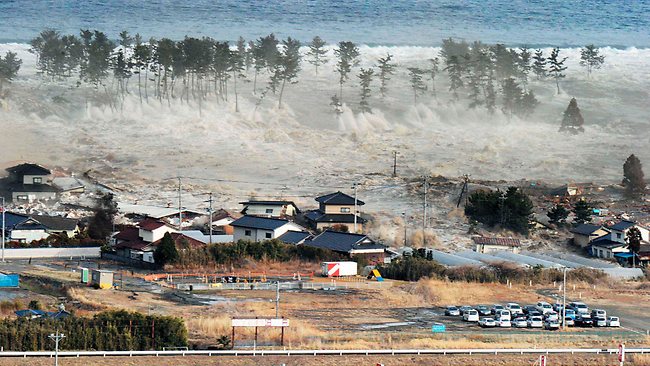
As Japan continues to suffer from ongoing damage, devastation and heartache for lost and departed loved ones caused by Friday’s monstrous 8.9-magnitude earthqauke and the resulting tsunami, one thing remains constant: an Internet connection..
According to All Things Digital, “only a small fraction” of Japan’s Internet connections were affected by the horrific wrath wrought upon the island nation by Mother Nature. Because of this fortunate happenstance, the country’s vital communication systems have stayed constant, enabling those in Japan to communicate with one another and the world at large.
Japan’s Internet health report comes via research firm Renesys, which shows that of the 6,000 links connecting Japan’s Internet to the rest of the world, only about 100 were temporarily disabled. And, as Renesys’ James Crowie notes on the company blog, “that number has actually decreased in the hours since the event.”.
Internet service providers in Japan have, of course, reported “congrestion and drops in traffic” due to the quake and tsunami, says Crowie. But most websites are online and operational, “and the Internet is available to support critical communications.”.
The Internet situation in Japan is vastly better than that of the 2006 Taiwan earthquake, which caused a significant number of the underwater cables that carry the Internet to break, resulting in major disruptions..
Survival of Japan’s Internet, says Cowie, is most likely due to the “dense web of domestic and international connectivity” built by Japanese engineers “that is among the richest and most diverse on earth.”.
While Internet connectivity stands strong, the situation in Japan remains dire..
As many as 10,000 people — more than half the population — in the decimated seaside town of Minamisanriku are missing. And the death toll througout the country has climed to 680, with many more still lost. Countless more are homeless or displaced.
The city of Sendai, located nearest the epicenter of the quake, lies awash in the deadly waters of the tsunami that reached as far as three miles inland. Parts of that city continue to burn.
As the country begins recovery attempts from Friday’s disaster, another calamity looms at the damaged nuclear power plant in Fukushima city, where workers flushed the reactor with sea water on Saturday in an attempt to prevent a complete meltdown.
Japan’s government has evacuated a 12 mile radius around Fukushima due to dangers of radiation contamination. Some have already been contaminated. And the panic caused by a potential nuclear catastrophe has left officials and residents alike with additional hardship on top of disaster.


